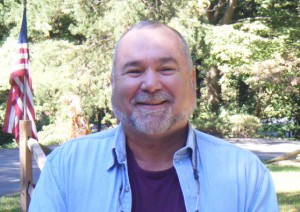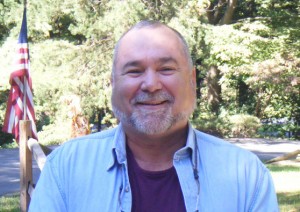
“To understand techno-optimism, it’s useful to look at the free software movement, whose ideology and activism gave rise to the GNU/Linux operating system, the Android mobile operating system, the Firefox and Chrome browsers, the BSD Unix that lives underneath Mac OS X, the Apache web-server and many other web- and e-mail-servers and innumerable other technologies. Free software is technology that is intended to be understood, modified, improved, and distributed by its users. There are many motivations for contributing to free/open software, but the movement’s roots are in this two-sided optimism/pessimism: pessimistic enough to believe that closed, proprietary technology will win the approval of users who don’t appreciate the dangers down the line (such as lock-in, loss of privacy, and losing work when proprietary technologies are orphaned); optimistic enough to believe that a core of programmers and users can both create polished alternatives and win over support for them by demonstrating their superiority and by helping people understand the risks of closed systems.
“While some free software activists might dream of a world without proprietary technology, the pursuit of free software’s ideology is generally more practical in its goal; like good technologists, they view proprietary technology as a bug, and bugs can’t necessarily be eliminated. It’s just not possible to squash every bug, so programmers track, isolate, and minimize bugs instead.”



